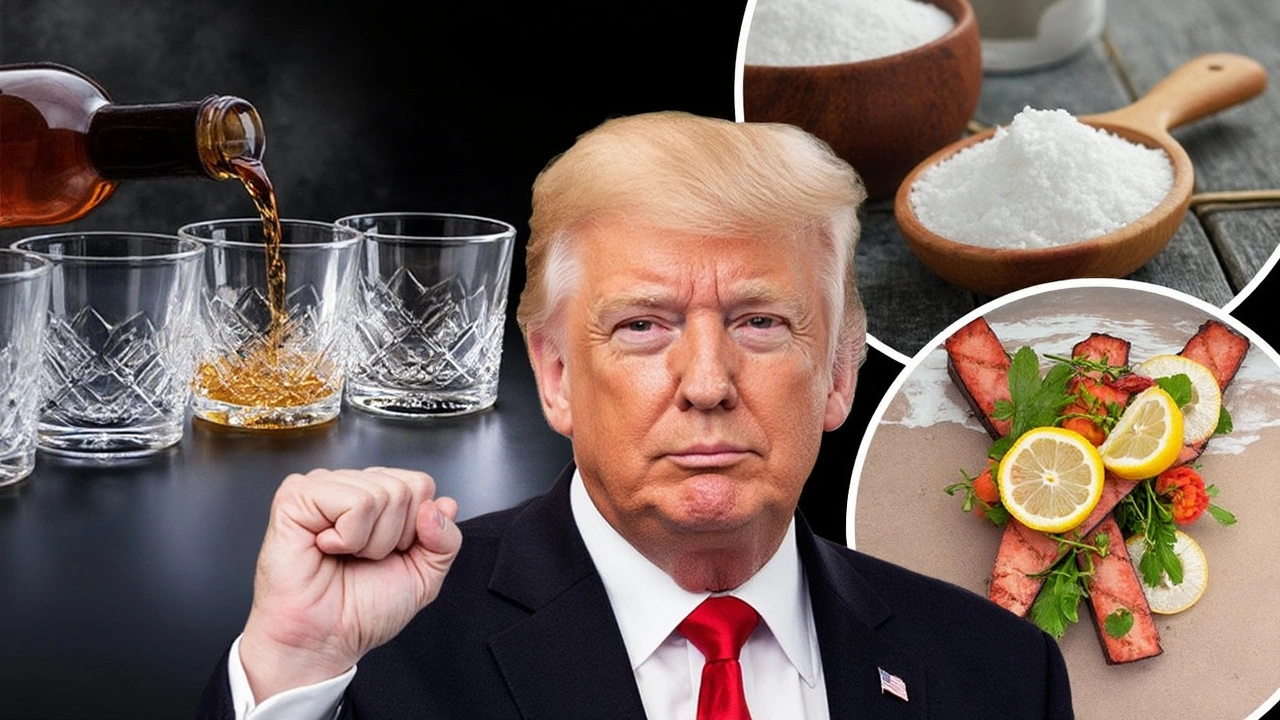Impact of New Tariffs on Indian Agriculture
The latest 26% tariff imposed by the U.S. under President Donald Trump marks a significant turn in the trade relationship between the two countries. This decision primarily targets Indian imports with a significant emphasis on the agricultural sector. While the aim is to reciprocate India's average tariffs of 40.6% on U.S. agricultural imports, it reflects broader concerns over trade imbalances and protectionist policies.
According to the U.S. administration, India's high tariffs include extreme measures like levies reaching up to 300% on specific goods within the parameters set by World Trade Organization (WTO). This disproportionate aspect of trade barriers has prompted the U.S. to act decisively. Among the targeted Indian export sectors, whisky, sugar, and meat products appear to be the most affected industries. However, pharmaceuticals, energy, and some minerals have been excluded from the tariffs, allowing those industries to continue their trade relations without impediment.
Strategies and Challenges for Traders
The Indian agricultural sector, already grappling with various non-tariff barriers, now faces added strain. As the U.S. Trade Representative report outlines, Indian exporters are contending with restrictive import bans and complicated licensing requirements that inhibit free trade. For farmers and producers in India, this tariff represents yet another hurdle in accessing the lucrative U.S. market.
Interestingly, amidst these tensions, India seems open to some level of negotiation. The nation is contemplating concessions on specific U.S. agricultural goods, such as pecans, pulses, and non-GMO soybeans. This could be seen as an olive branch in the midst of ongoing trade talks where both parties are seeking potential reductions in these new or higher tariffs in future agreements.
The broader context for this tension stems from a persistent U.S. trade deficit with India, which currently tallies around $46 billion. India continues to export billions in gems, textiles, and pharmaceuticals to the U.S., sectors robust enough to withstand the new tariffs. These actions by the Trump admin signal a firm stance against what they perceive as unfair trade practices, including issues like intellectual property breaches and currency manipulation.
In conclusion, while this tariff imposes immediate pressures, it also sets the stage for further negotiations, potentially leading to more balanced trade relationships. Indian traders and policymakers will need to navigate this complex scenario, balancing defensive measures while exploring opportunities for easing tensions through concessions and strategic diplomacy.
